Growing blueberries in containers is a great way to produce some of your own fruit right in your own backyard. You don’t need a lot of space – they do great in containers. Plus? They’re a very pretty plant.
Like the idea of growing fruiting perennial shrubs? Try growing goji berries or currants!
How to Grow Blueberries in Containers – or Not
Blueberries (Vaccinium spp) are a low maintenance ornamental plant as well as a productive one. This pretty shrub will pass muster as a landscape plant, making it a good choice for a front yard garden as well. They have lovely white flowers and attractive red and orange autumn foliage. And then, of course, there are the beautiful blueberries themselves.
These shrubs can stay low or grow 6′-12′ high; the variety you choose will determine how much space to allot for these plants. Blueberry plants will begin to produce a crop 3-4 years after planting. Growing two cultivars with similar blooming times, for cross-pollination is one of the best things you can do when growing blueberries in containers.
Blueberry bushes require acidic soil — in the range of pH 4.5-5.2 — for blueberry plants to effectively absorb nutrients. This is one reason growing blueberries in containers is a good idea – it allows you to maintain the pH in the soil more easily.
Grow Some Greens!
Ready to grow fresh greens, no matter WHERE you live? Sign up for my
FREE quick-start guide and start growing some of your own food!
Different varieties bloom at different times and you want flowering to occur within a similar time window. This chart from Fall Creek Nursery (who specialize in growing blueberries) is a useful tool for choosing varieties.
Too cold for blueberries at your place? Consider growing honeyberries, aka haskap berry.
Lowbush Blueberries
As the name implies, these berries are low growing. At under 2′ in height, they could be utilized as a groundcover plant in the landscape, and do well as container grown plants. Look for:
- Top Hat
- Ruby Carpet
Highbush Blueberry Varieties
There are both southern highbush and northern highbush blueberries. Northern highbush varieties are native to the eastern and northeastern parts of the United States. Southern highbush varieties were developed for better production in mild climates. The fruit available in markets are typically highbush blueberries.
Southern Highbush varieties to look for:
- Blue Ridge
- Blue Suede
- Emerald
- Jewel
New to gardening? Limited on space? The 5-Gallon Garden gives you the skills you need to grow food in the space you have. Get started with your garden today!
Northern Highbush varieties to look for:
- Bluegold
- Duke
- Hardyblue
- Jersey
Half-High Blueberries
Growing 3-4 feet high, these plants are a cross between northern highbush and lowbush blueberries. They are ideal for container gardening. Look for:
- Bluegold
- Northcountry
- Northland
- Polaris
How to Plant Blueberries
Your local nursery will likely carry blueberry varieties that do well in your region. Be sure that the variety you choose is the right one for the space you have, taking into consideration its eventual size.
In the ground
Prepare the soil by working in sphagnum peat or a prepared natural soil acidifier. Dig a hole twice as wide as the container and as deep. Set the plant into the hole so that the soil level of the plant is level with the ground surface. Don’t push new soil up against the stem. Press soil around the root ball and water in.
In containers
Fill pots with a soil mix specifically made for acid loving plants like blueberries, azaleas, and rhododendrons. Set the plant into the planter so that the soil level of the plant is level with the surface of the potting soil. Don’t push new soil up against the stem. Press soil around the root ball and water in.
Requirements for Growing Blueberries
Soil requirements
As mentioned above, blueberries prefer acidic soil. Aim for a pH of 4.5-5.2. Investing in a simple pH meter will allow you keep an eye on the level. Sulfur chips can always be added to increase the acidity of potting soil. Similarly, use rainwater (as opposed to alkaline tap water) whenever possible. If you only have access to tap water, you can mix in a little vinegar (about half a cup for one gallon is a good rule of thumb).
Because blueberries like moisture, it’s beneficial to add some water-retaining materials to your potting mix. Vermiculite is a good option, as are both peat and coir.
Light requirements
Blueberry plants grow best in full sun conditions (6-8 hours per day), so choose a nice sunny location in your garden.
Fertilizer and water requirements
It’s difficult to overwater these berries and important that you don’t let them dry out over the summer months. Keep the soil moist but not soaking.
To maintain even soil temperatures and to hold in moisture, add a thick layer of organic mulch around plants when they’re several inches tall.
During the main growth period (from about April onwards in most places), feed monthly or bi-monthly with an acidic fertilizer. Repot plants with an acidic compost every couple of years. They’re not hungry plants so don’t overdo it with the feeding! An alternative, if you’re after the no-fuss option, is to mix in some slow release fertilizer at the start of the season.
Related: Homestead Living in the City – Skills for Where You Are NOW
Different varieties bloom at different times and you want flowering to occur within a similar time window. This chart from Fall Creek Nursery (who specialize in growing blueberries) is a useful tool for choosing varieties.
Avoiding Pests
Blueberries are relatively trouble-free — with the exception of birds, who think the fruit is delicious as we do! The best thing you can do to stop them from eating your berries is to provide some kind of netting protection. You don’t need a full-blown fruit cage, but some mesh hung over bamboo canes in pots (or a similar contraption) should do the job.
Maintenance
When pruning, which should be done in late February or early March, stick to branches that are dead and those with mostly vegetative buds, not flower buds. Leaf buds, which look like small spikes (above), can be distinguished from the bigger, swollen buds that will unfurl into flowers (below).
As a general rule of thumb when growing blueberries, hold off on pruning for the first year or two. After that, you’ll notice that branches and side-branches can quickly organize themselves into a tangled mess.
Harvesting Blueberries
Blueberries ripen through midsummer, turning from green to dusty blue. Harvest freely throughout this period.
Berries can be eaten fresh, of course. They’re ideal for freezing and doing so early will lock all the nutrients in.
Using homegrown blueberries
Blueberries are such a treat fresh out of hand, but when you have plenty, there are plenty of ways to use them! Try these:
- Lemon blueberry loaf cake
- Blueberry French toast casserole
- Blueberry Ginger Spiced Nectarines
- Homemade Blueberry Jam
- Healthy Blueberry Juice
- Canned Blueberry Pie Filling
Originally contributed by Dan Mowinski in March 2017, this post has been thoroughly edited and updated.

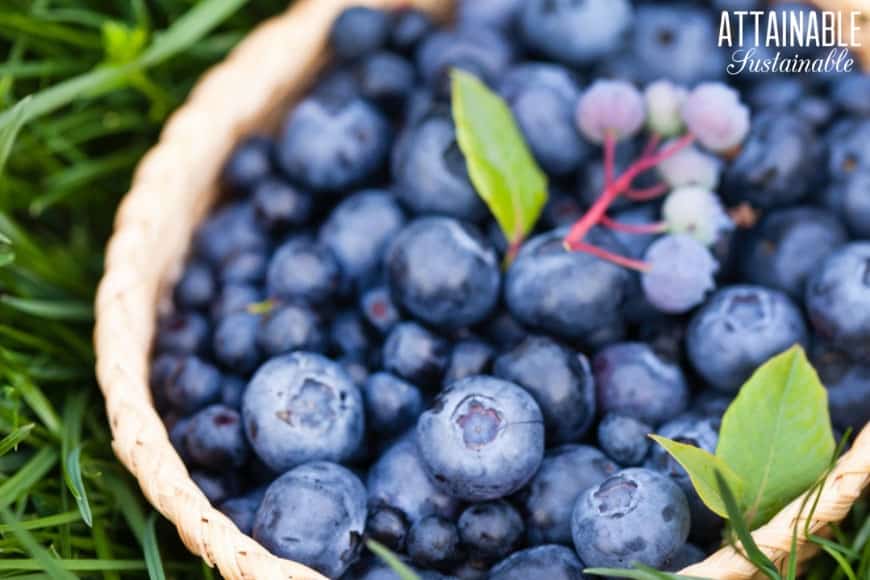
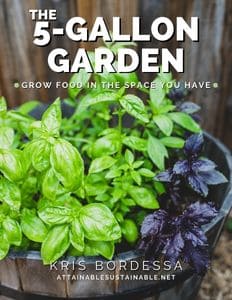
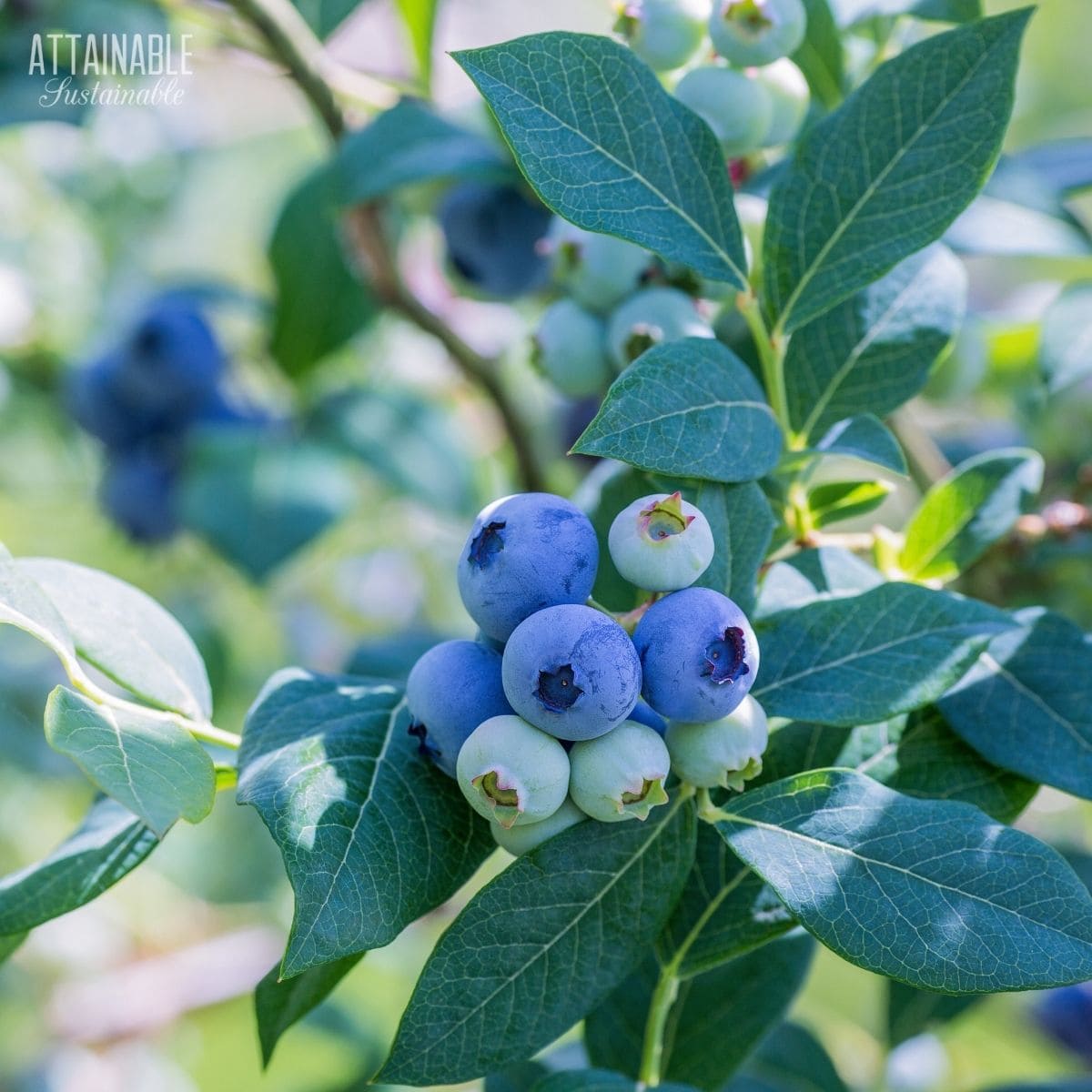
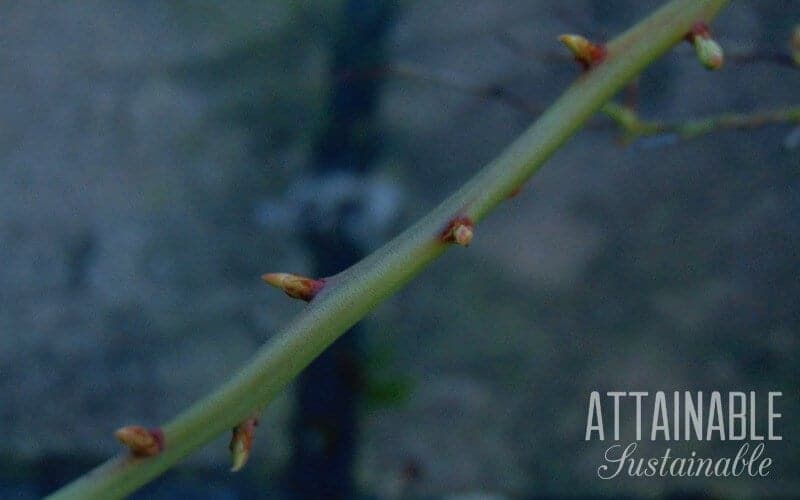

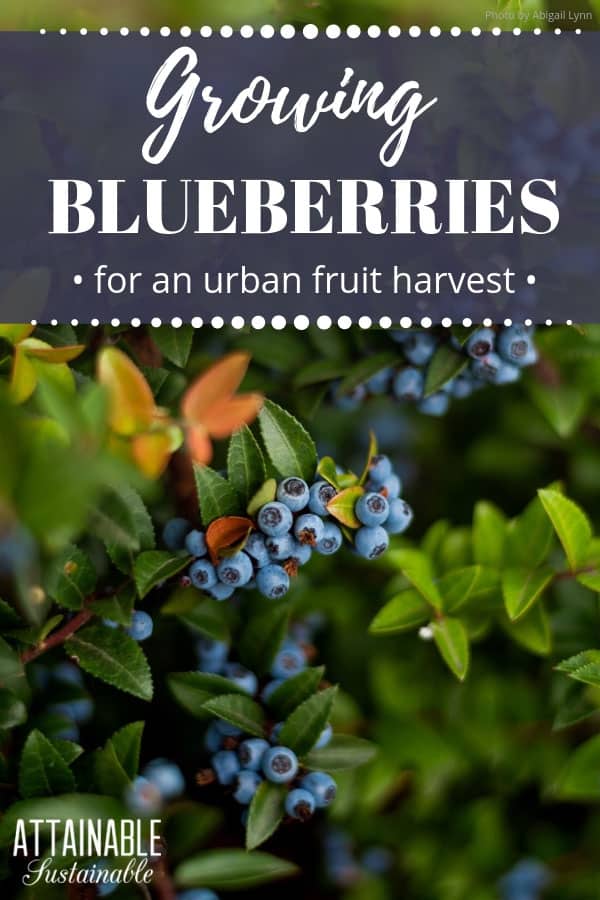


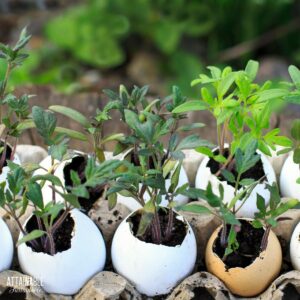
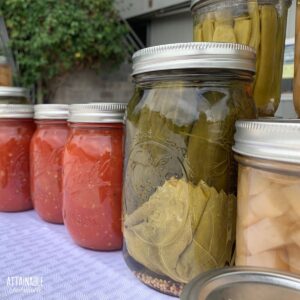

WHAT DO YOU RECCOMEND FOR WINTERING OVER THE BERRIES?
The plant should be ok in the winter, feel free to move them to another spot if you have extremely low temperatures in your climate. The berries will be done producing by the end of summer, and do well freezing to preserve.
Are they any blueberry plants that you can recommended?
I tried a plant I purchased from a reputable catalog a few years back and got nowhere. No berries first year or next. It was planted in the ground.
(Please don’t use my email address.)
It depends on your region! Call your local nursery and ask — they will know.
what do you do with your plants in the winter? Do they stay in pits outside or do you need to bring them in or put them somewhere?
It depends a lot on the variety. Do you have a cooperative extension office who can help with your specific location? Generally, if you’re concerned about the cold, you can wrap plants in burlap to offer protection.
How do I over winter them. It gets as low as 40 below Celsius in Thunder Bay Ontario. We have wild blueberries everywhere in the bush but not in the city.
Do you know if it’s possible to grow blueberries in the tropics(Puerto Rico)?
There are some varieties being bred to grow in Florida. Those might!
What size containers do you recommend, especially if you are using two different varieties ?
The varieties shouldn’t matter. I’d use at least a 5-gallon container for each plant. More space would be good if you’re growing varieties that get quite large.
I live in northeast Nebraska, can the potted blueberry plants survive our winter without extra insulation or moving the pots indoors? What would be the best winter prep for them?
I’m not a whiz on all of the different zones. Do you have a cooperative extension office in your region? Their master gardeners might be able to answer that!